Once again, it’s big industry over citizens and the environment. In this case, five new anchorages are being proposed by Pacific Pilotage Authority (PPA) for the northeast stretch of coastline of Gabriola Island, along Whalebone and Sandwell beaches. If the PPA has their way, capesize freighters could soon be anchoring along these wild pristine beaches that are part of the Pacific Flyway as well as home to many resident birds, seals, otters, herring, orcas, humpback whales, Chinook salmon, and all the other fish and vegetative life that sustain them.
Many of the species that use these waters, including the Humpback Whale, Bald Eagle, and Surf Scoter, are on BC’s Blue List, designating them as of special concern because they’re particularly sensitive to human activities or natural events.
Some, including the Orca, Double-crested Cormorant, and Marbled Murrelet, are on the BC Red List.
This is a map pf Gabriola Island.
The proposed freighter anchorages would be situated long the northeast coast of Gabriola Island (where the words Salish Sea are printed) directly in front of wetlands, spawning beaches, community parks, a provincial park, numerous walking trails and one of the most densely populated areas within the Gulf Island region. This coast frequently experiences onshore winds of 38-60 kilometers an hour.
The photo below is of a capesize freighter. If a ship like this were to drag anchor and ground, or spill fuel while bunkering, the resulting oil spill would rapidly drift onto the coastline and destroy shore and marine ecosystems.
BIRDS BIRDS BIRDS!
Over 250 bird species – including a lot of gulls! – use this stretch of coast, either year round or during migration. Below are photos of just a few of the species that live along this pristine stretch of coastline all year long.
The Marbled Murrelet is on the Red List in BC and listed as Threatened in Canada. These birds forage at sea in shallow waters, including in marine habitats that support various prey, including sand lance. Read more about this important bird here: Marbled Murrelets
Here’s what the waters off these beaches look like during the herring run:
Bald Eagles nest and live along this stretch of coastline year round. Two nest trees are monitored by the Gabriola Eagle Nest Monitoring program that I wrote about in February. If you missed that post, please check it out here: Love is in the Air
Other birds that live here year round or during the winter include …
DURING MIGRATION
It’s estimated that one billion birds use the Pacific Flyway as their migration route. Here are pictures of just a few of the birds that come through this little piece of paradise, many staying to breed.
Currently we await the results of an environmental assessment that will not, unfortunately, be an independent full-fledged environmental assessment. The consultant preparing the study has been engaged and paid by the proponent of these anchorages, and they have set the parameters. We fear that the assessment will rely heavily on published materials for information and will include only what is discovered during the few months of the review process, not the year-round habitat.
This proposal is just one of many fossil fuel and port development projects underway in the Salish Sea in Canada and the USA. According to a recent study in PLosOne each project has the “potential for negative environmental consequences, as the vessel traffic associated with these projects is expected to increase underwater vessel noise, increase risk of vessel collision or vessel strike of wildlife, increase oil spills, increase exposure to coal-associated contaminants in biota, impact access to or availability of watchable wildlife, and greatly impact human access to the harvest and consumption of fish and wildlife.” (http://journals.plos.org/plosone/article?id=10.1371/journal.pone.0144861)
I’m sure if the birds had a say in whether or not to approve five more anchorages off the coast of Gabriola Island, their home, they’d vote NO. Life is hard enough for a bird without having to cope with the impact of more industrial development at sea.
To learn more about the proposed project please go to www.gabriolaanchorrage.org
Thank you to all the photographers who shared their pictures!



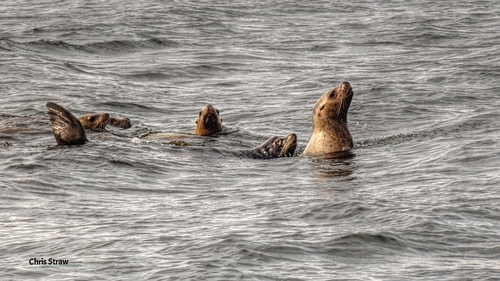


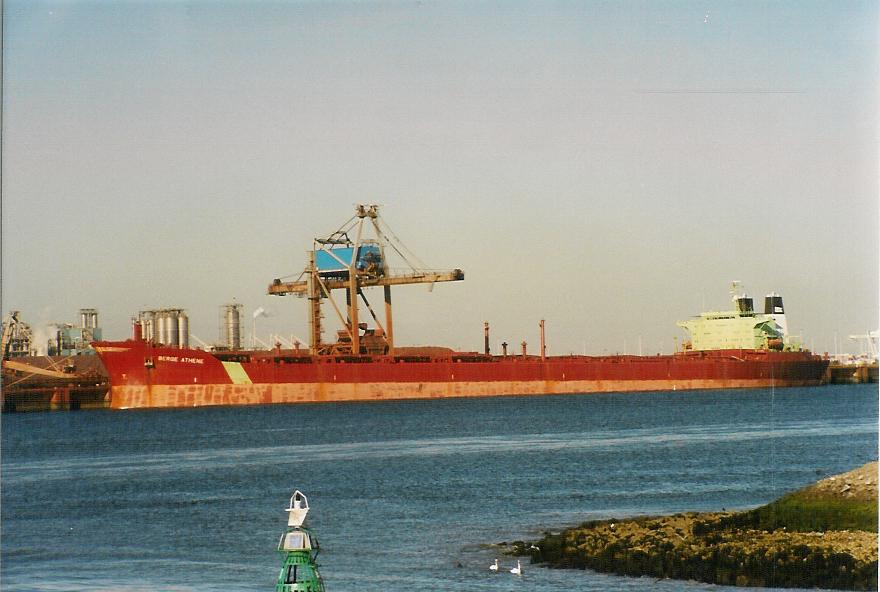

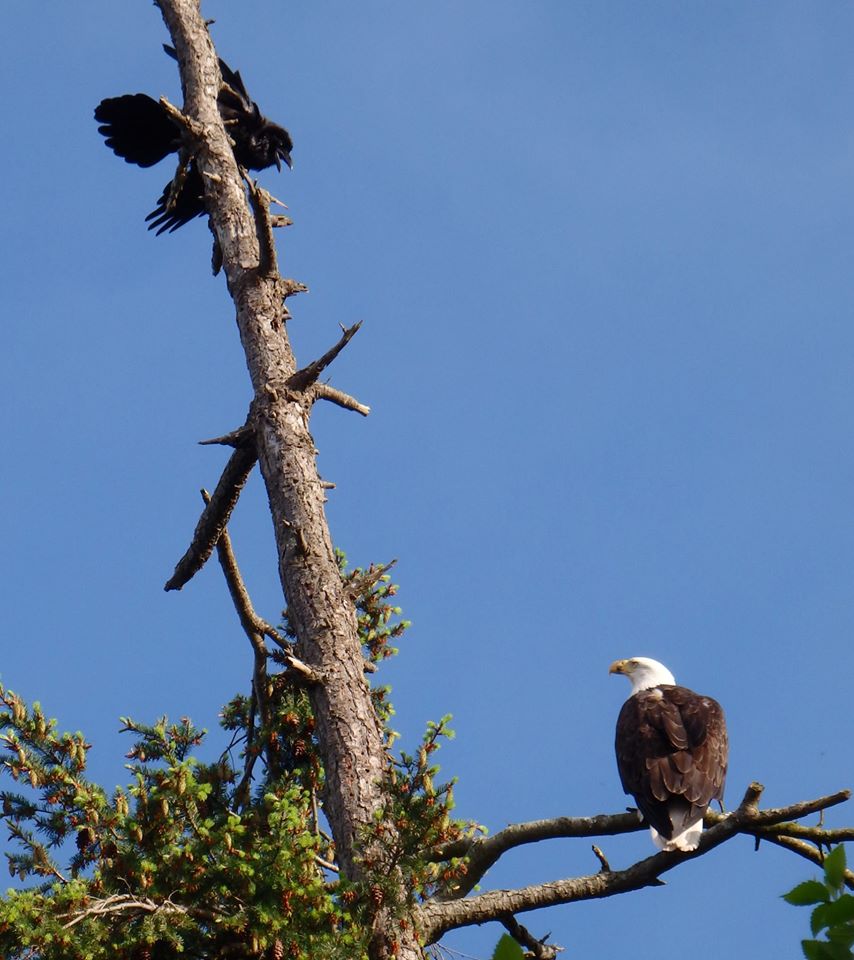
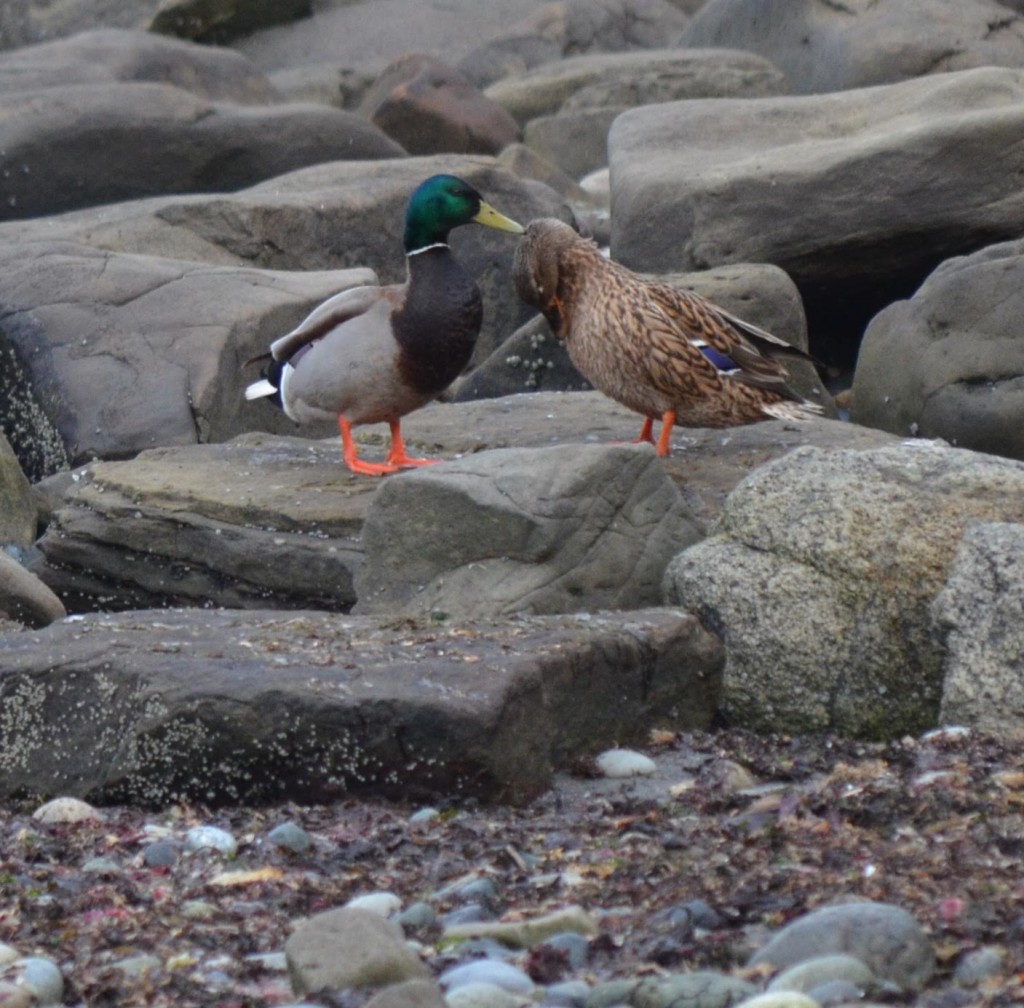

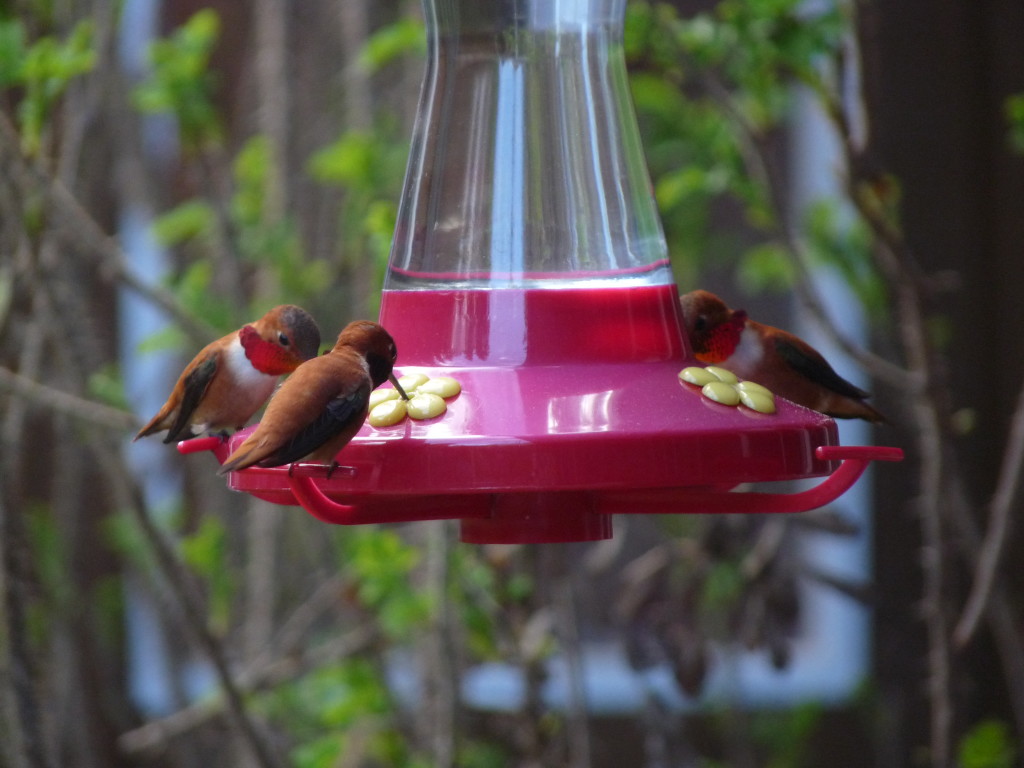

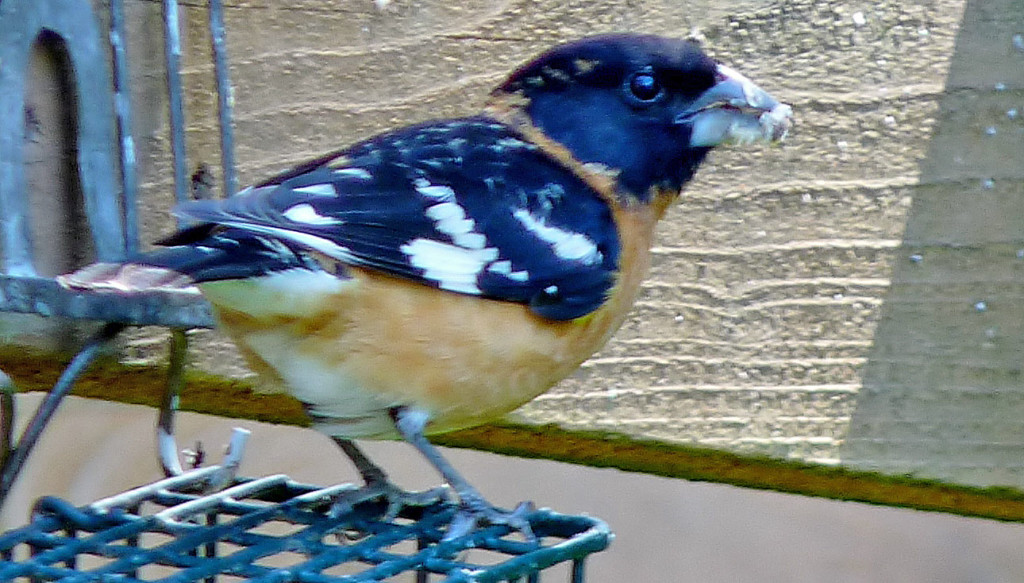
Bill – Turns out that video is being revised right now so that’s why it’s unavailable. I deleted it but will re-insert it with the updated video as soon as it’s ready, a few days, I’m told.
Thanks for the info about the link Bill. I’ll try to fix that!
Hi thanks for putting all this together. It’s great. I tried to watch the video you provided half way down. Clicked on the link and it went to a youtube page and it was a privated page, so I could not watch. Any way around that? Thanks,
Thanks Gerry. I’m hoping we’re smart enough NOT to use up everything.
Very informative birds eye view, there seems to be no rational motive for these anchorage sites than good old fashioned “greed”. Maybe when we have used up everything, we can start over in better visioned fashion.
Thanks Polly. It seems the only ones to benefit from this proposal are some shipping industry magnates.
Thank you, Sharon, for posting such an informative article. Pictures are amazing! The negative environmental consequences of these proposed anchorages far outweigh the potential benefits (to whom?) in all ways.